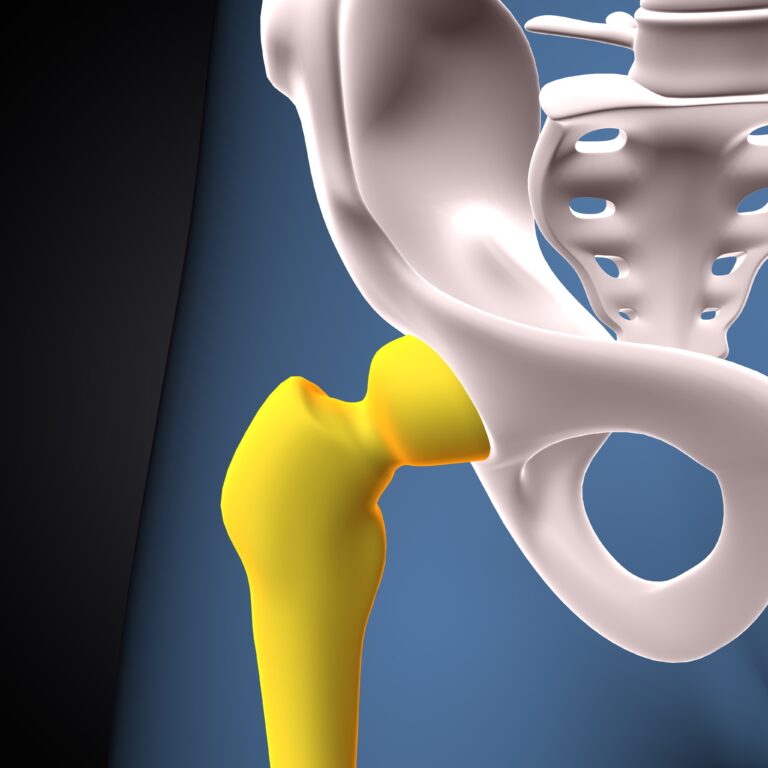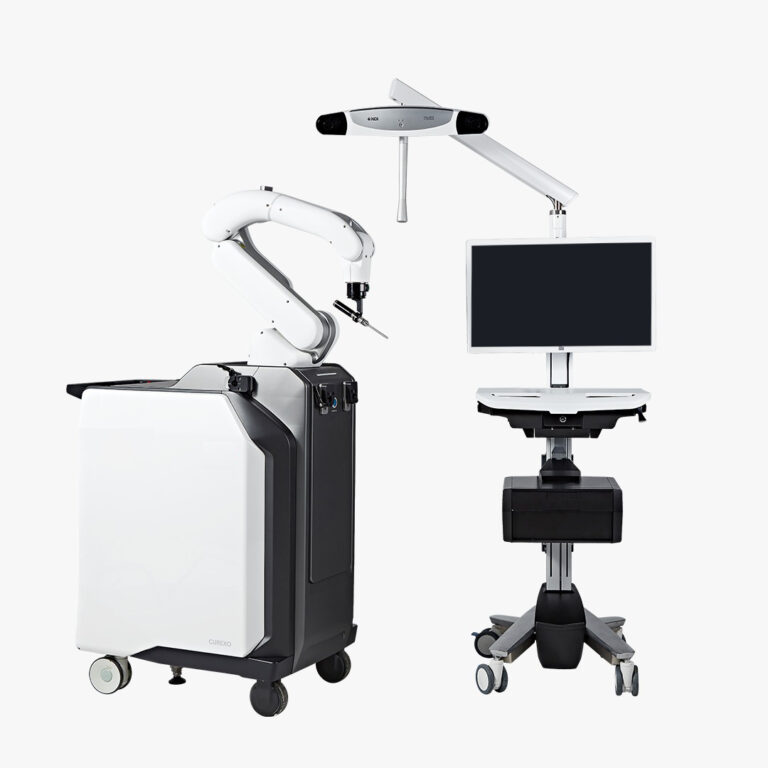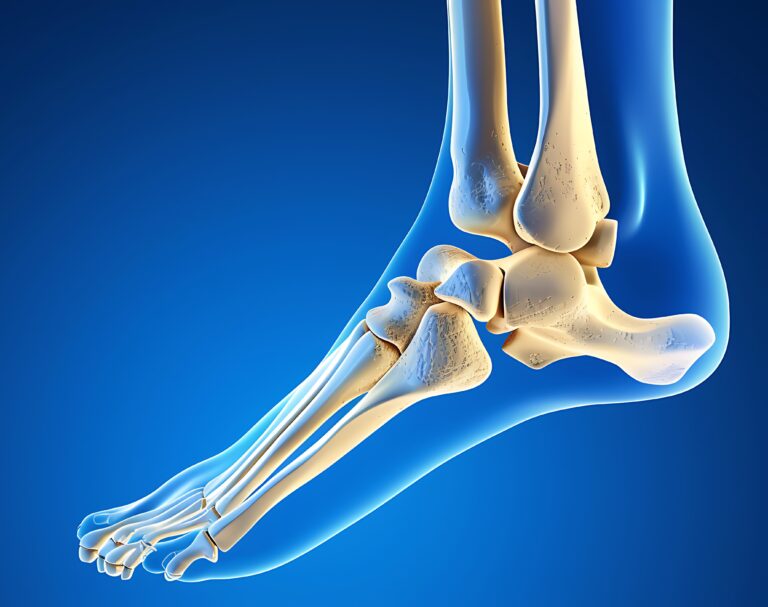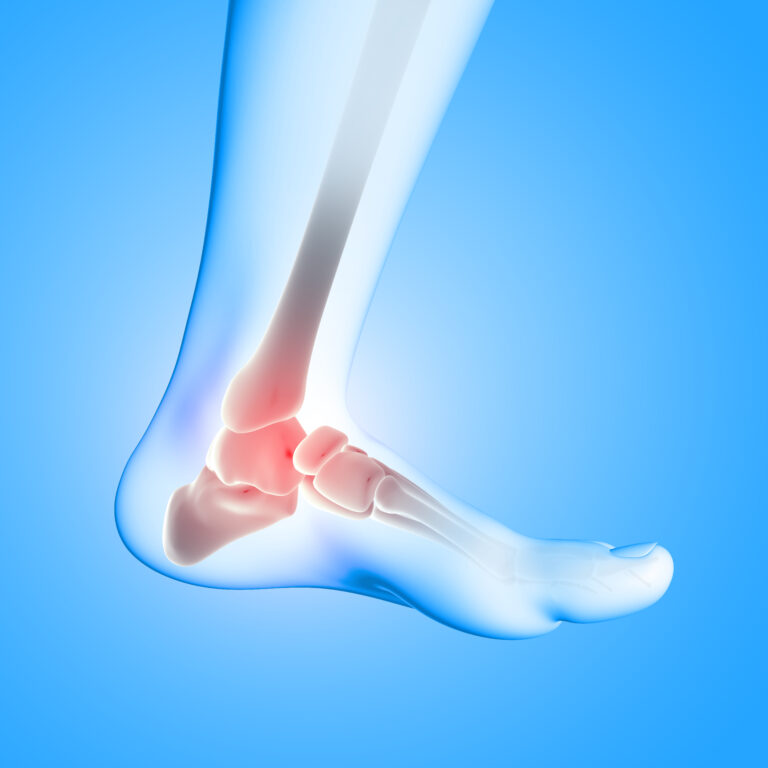Uni knee replacement, also known as unicompartmental knee arthroplasty (UKA), is a surgical procedure designed to address specific areas of damage or degeneration within the knee joint. Unlike total knee replacement, which involves replacing the entire knee joint, uni knee replacement targets only the affected compartment of the knee, preserving healthy tissue and providing a less invasive alternative for individuals with localized knee arthritis or injury. Let’s explore the benefits and considerations of uni knee replacement as a targeted solution for knee pain and dysfunction.
- Localized Treatment: Uni knee replacement is ideal for individuals with arthritis or damage limited to one compartment of the knee, typically the medial (inner) or lateral (outer) compartment. By selectively addressing the affected area, surgeons can preserve healthy ligaments, cartilage, and bone in the remaining compartments, minimizing tissue disruption and promoting faster recovery.
- Improved Range of Motion: By replacing damaged surfaces within the knee joint, uni knee replacement restores smooth movement and function, allowing for improved range of motion and reduced pain during daily activities. Unlike traditional treatments such as medication or physical therapy, which may only provide temporary relief, uni knee replacement offers long-term benefits by addressing the underlying cause of knee pain and dysfunction.
- Less Invasive Procedure: Uni knee replacement is a less invasive surgical option compared to total knee replacement, as it involves smaller incisions and preserves more natural knee anatomy. This results in less trauma to surrounding tissues, reduced blood loss, and faster recovery times for patients. Additionally, the smaller implant size and preservation of healthy bone make uni knee replacement a suitable option for younger, active individuals seeking to maintain knee function and mobility.
- Customized Approach: Each uni knee replacement procedure is tailored to the individual patient’s anatomy and specific needs. Orthopedic surgeons use advanced imaging techniques, such as MRI and CT scans, to assess the extent of knee damage and plan the surgery accordingly. Customized implant sizing and positioning ensure optimal fit and alignment, leading to better outcomes and patient satisfaction.
- Postoperative Rehabilitation: Following uni knee replacement surgery, patients undergo a period of rehabilitation to regain strength, flexibility, and mobility in the affected knee. Physical therapy exercises focus on improving range of motion, strengthening the surrounding muscles, and restoring functional abilities. With proper postoperative care and adherence to rehabilitation protocols, most patients can expect to return to normal activities within a few weeks to months after surgery.
In conclusion, uni knee replacement offers a targeted and less invasive solution for individuals suffering from localized knee arthritis or injury. By preserving healthy tissue and restoring function within the affected compartment of the knee, this surgical procedure provides long-lasting relief from pain and improved mobility. If you’re experiencing knee pain or dysfunction localized to one compartment of the knee, consulting with an orthopedic surgeon to explore the option of uni knee replacement may be the first step towards regaining your quality of life and enjoying pain-free movement once again.
Disclaimer: The information provided in this blog post is for general informational purposes only and should not be considered professional advice. Before making any health-related decisions, consult with a qualified healthcare professional. The content is not a substitute for medical advice, and individual results may vary. The author and website are not responsible for any consequences arising from the use of the information provided. Use your best judgment and seek professional advice when needed.




